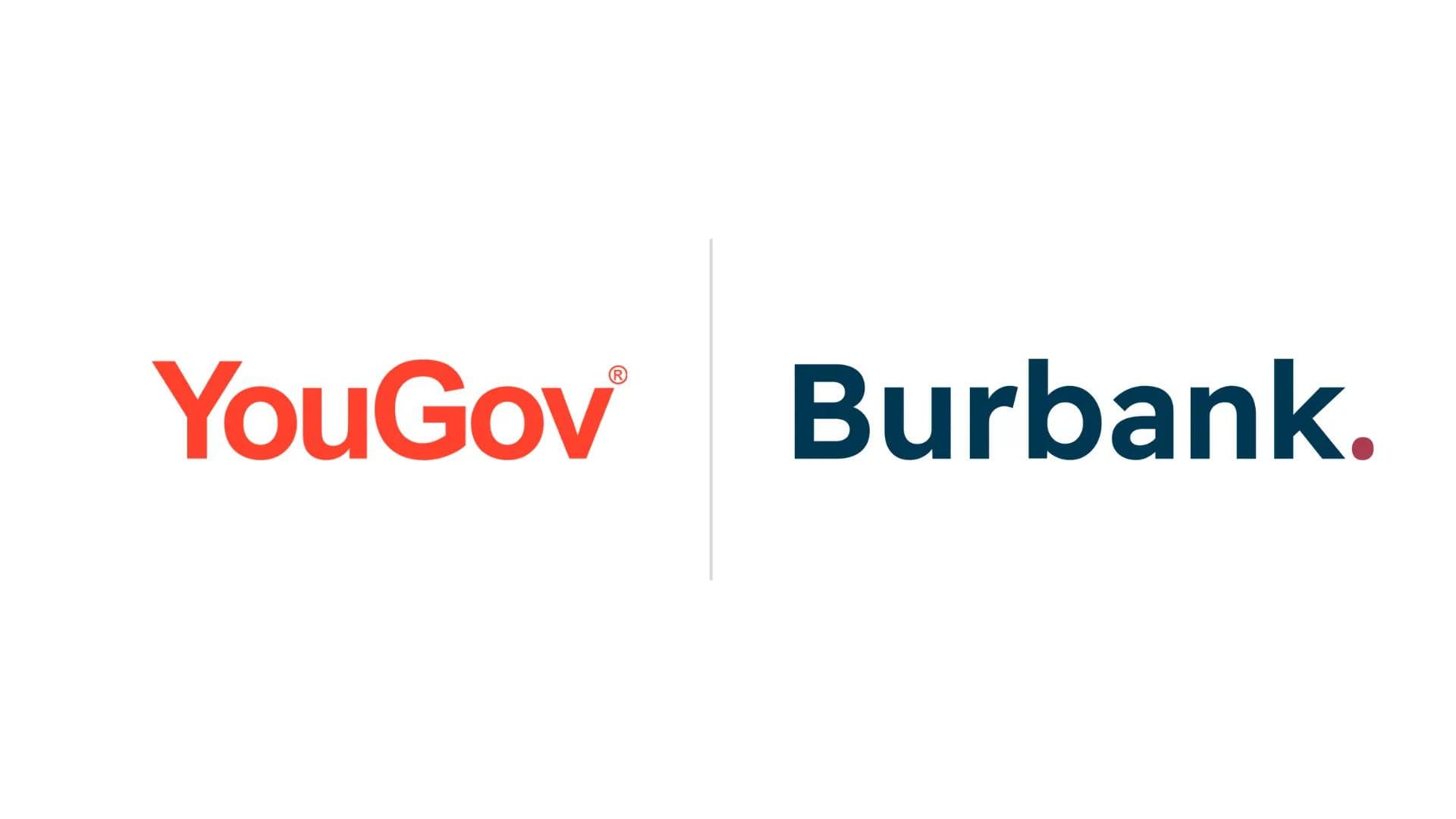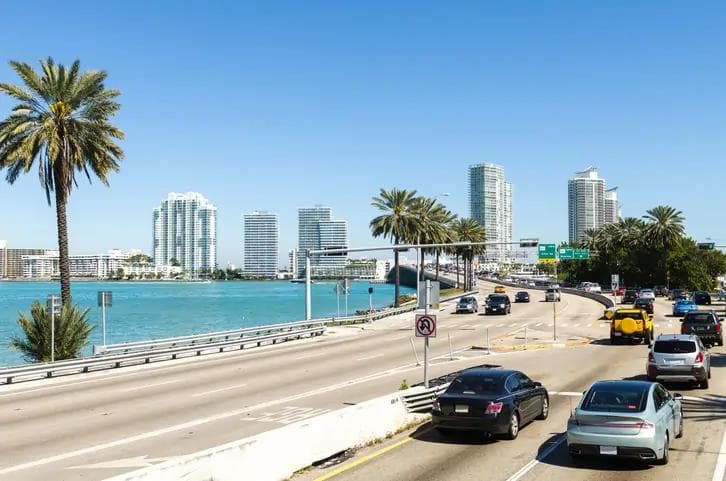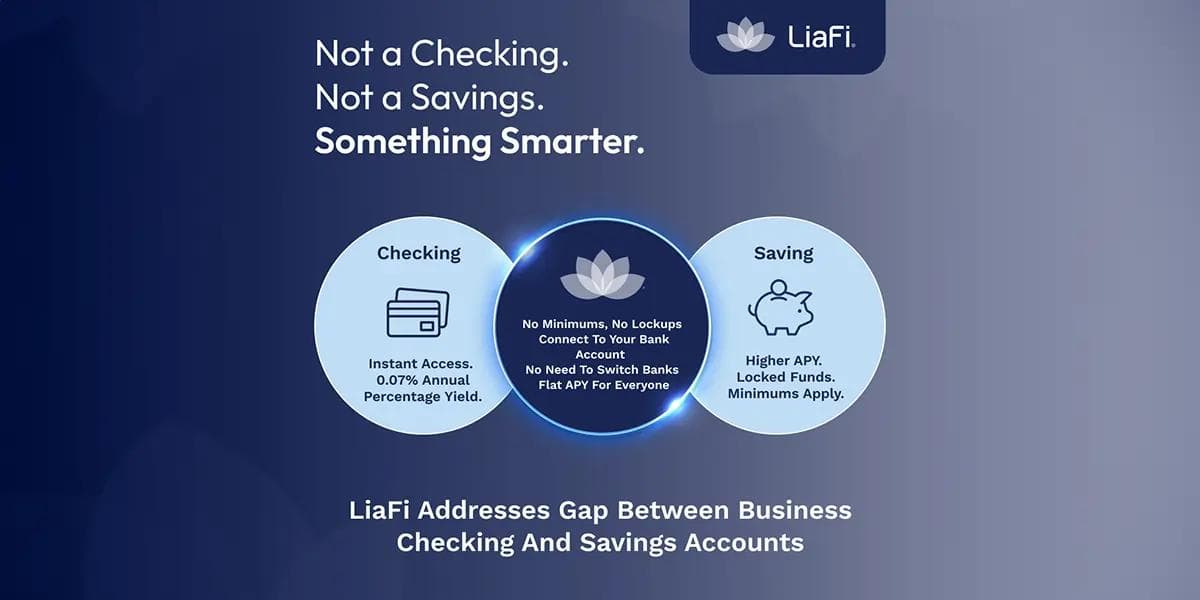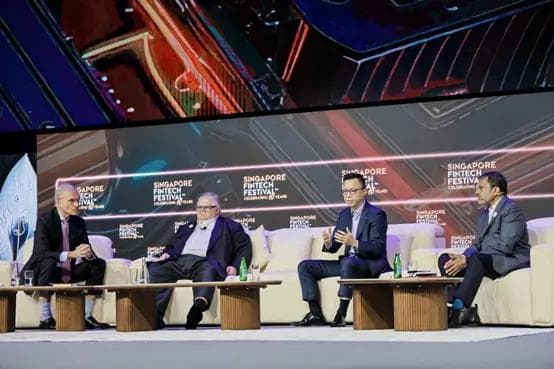Zero-carbon ammonia for shipping faces cost, safety challenges
Zero-carbon ammonia for shipping faces cost, safety challenges
Published by Jessica Weisman-Pitts
Posted on October 30, 2024
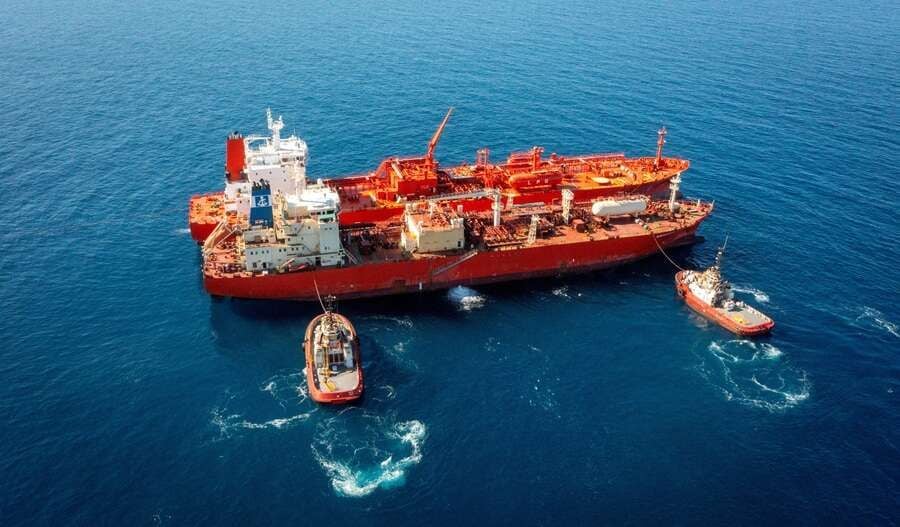
Published by Jessica Weisman-Pitts
Posted on October 30, 2024

By Jeslyn Lerh
SINGAPORE (Reuters) – At one of the world’s biggest bulk export ports in Western Australia, shippers safely completed the first transfer of ammonia from one vessel to another last month, a key test for its adoption as a marine fuel in the push for cleaner energy.
The first cargo ships powered by ammonia are set to enter service in 2026, one of several alternatives the industry is tapping to shrink a carbon footprint that contributes nearly 3% of global emissions.
But ammonia faces major cost and safety hurdles as a shipping fuel compared to liquefied natural gas (LNG), methanol, and biofuel.
It appeals because it it carbon-free, and would be a zero emission fuel if made from hydrogen produced with renewable electricity. But safety is a big challenge for the product, typically used for fertilisers and explosives.
“Currently the lack of regulation, experience in use and toxicity of ammonia on board ships constitute major safety deterrents,” said Laure Baratgin, head of commercial operations at mining giant Rio Tinto.
Top global iron ore producer Rio is the biggest exporter at Dampier, where the ammonia transfer trial was run. It operates dual-fuelled bulk ships that run on traditional marine fuel or LNG, but has yet to charter or order ammonia-fuelled vessels.
“Pending our confidence and that of our partners, industry, and communities, that the risks are sufficiently controlled, we will look to charter ammonia dual-fuel vessels, the specific timing of which remains uncertain,” she told Reuters.
Other shippers are also hesitant. Globally, only 25 ammonia dual-fuel ships have been ordered as of 2024, trailing a fleet of at least 722 LNG-fuelled ships and 62 methanol-fuelled ships, including orders and ships already in operation.
Just two smaller ammonia-fuelled vessels are now in service, one of them a tugboat in Japan.
DANGEROUS PROPERTIES
Refuelling ships, or bunkering, poses particular challenges with ammonia, which can cause acute poisoning and damage to the skin, eyes, and respiratory tract.
The greatest risk is leakage during bunkering operations,” in addition to leakage from fuel tanks, said Yoshikazu Urushitani, general manager in the marine fuel division at Mitsui OSK Lines, which is designing an ammonia-powered bulk carrier.
A pilot study in Singapore by the Global Centre for Maritime Decarbonisation (GCMD) identified 400 risks associated with ammonia bunkering there.
Measures such as emergency-release couplings to shut down systems if a leak is detected can mitigate risks, it said.
The Centre is developing a detailed emergency response plan for ammonia spills, which are harder to contain than oil spills.
“For oil, you see it – it stays there and it spreads out in water. But ammonia dissipates in air,” said Lynn Loo, chief executive officer of GCMD.
Japan’s Nippon Yusen Kaisha (NYK), which has agreed to build the world’s first ammonia-fuelled medium-sized gas carrier, has developed equipment specifically for ammonia bunkering.
The industry will need to set guidelines for seafarers to safely manage the fuel, said Takahiro Rokuroda, general manager at NYK’s Next Generation Fuel Business Group.
Singapore, the world’s largest ship refuelling hub, has shortlisted companies to study the viability of ammonia for power generation and bunkering and is developing ammonia bunkering standards.
PROHIBITIVE COSTS
Costs will have to drop sharply to make ammonia competitive in bunkering.
It can cost two to four times more to powering ships with ammonia rather than conventional fuels, industry figures show, due to limited supply for the marine sector and an energy density about 2-1/2 times less than traditional fuel.
“If you want to travel the same distance, you either have to carry about 2-1/2 times that amount of fuel, or you have to bunker more frequently so that you have enough fuel to be able to make that trip,” said Loo.
Ammonia engines also need extra maintenance as the fuel is corrosive, says engine maker Wartsila.
Still, the American Bureau of Shipping forecasts ammonia will account for about one-third of bunker fuelling by 2050.
We certainly won’t bring any product to market until we are 100% certain that all risks have been duly managed,” said Kenny MacLean, chief operating officer at bunker fuel supplier Peninsula.
(Reporting by Jeslyn Lerh in Singapore; Additional reporting by Katya Golubkova in Tokyo; Editing by Tony Munroe and Clarence Fernandez)
Explore more articles in the Top Stories category


